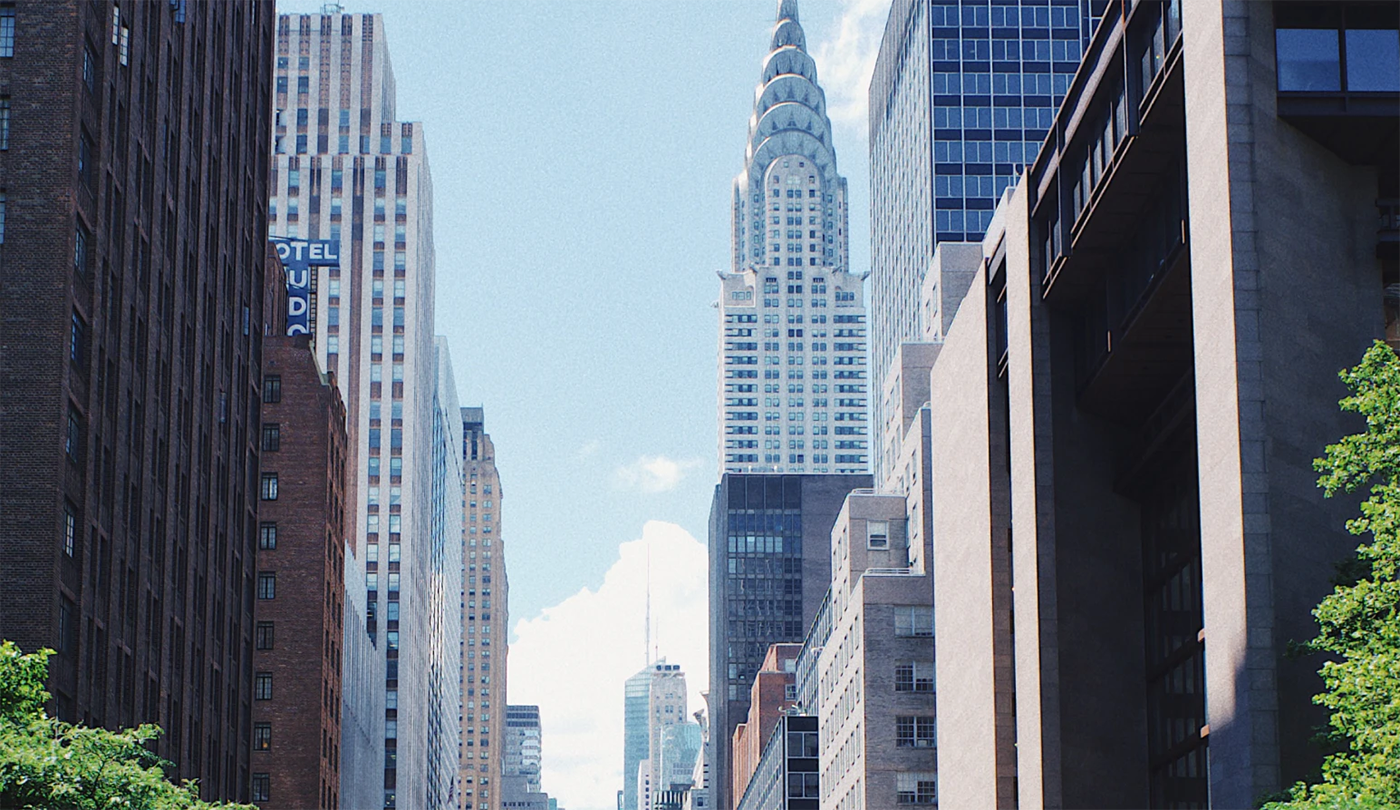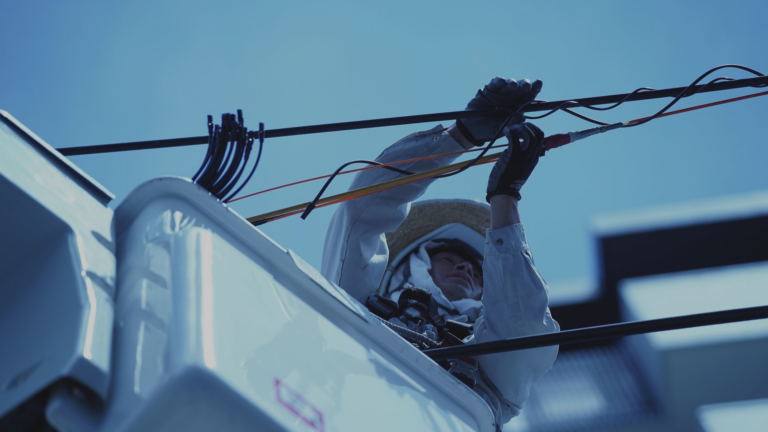NEPA Reform Under the SPEED Act Following House Approval
- Topics :
- Incentives Policy Real Estate

If you’re a building owner in New York City, you’re probably aware of the city’s pioneering efforts in environmental legislation, particularly Local Law 97. This law has significant implications for you and your properties, and you may have questions about its details and how it will affect your business. It’s a complex topic, so we’ve crafted this guide to help you understand the nuances of NYC’s Local Law 97, its implications for your investments, and how to navigate the next few years.
Now, let’s unpack the details and get you up to speed.
Understanding NYC’s Local Law 97
What is Local Law 97?
Local Law 97 (LL97) is a key component of the Climate Mobilization Act (CMA) of 2019, a suite of legislation passed in New York City. It’s overseen by the New York City Department of Buildings, specifically their Bureau of Sustainability and the Local Law 97 Advisory Board.
The law focuses on improving energy efficiency and reducing greenhouse gas (GHG) emissions from large commercial buildings. To avoid penalties, these buildings must keep their carbon emissions under the established limit each year.
Who does it apply to?
Buildings over 25,000 square feet in size or two or more buildings on the same tax lot with a combined size exceeding 50,000 square feet.
Are any buildings exempt?
- City-owned buildings (except senior colleges in the City University of New York system)
- Classified religious places of worship
- Nonprofit hospitals and healthcare facilities
- Industrial buildings used predominantly to generate electric power or steam
- Rent-regulated housing
- Housing that is owned by (or on land owned by) the NYC housing authority
- Buildings that are part of a federal housing program
- Housing Development Fund Corporation (HDFC) properties
- Multi-family dwellings of 3 stories or lower, with no central HVAC or hot water system
What’s the timeline?
NYC’s Local Law 97 compliance periods are divided into four distinct intervals, spanning from 2024 to 2049. Here’s the key – as time progresses, the emissions limits become increasingly stringent. Studies show that 20% of properties exceed the emission limits set for 2024 and 76% of properties are over the limits set for 2030. That’s why it’s important to understand the timeline and take action early to avoid penalties that could range from thousands to millions of dollars annually.
What are the penalties I could face?
If your property exceeds the building emissions limit, the penalty is $268 for every metric ton of carbon dioxide equivalent over the limit. Failure to file the compliance report is $0.50/square feet, for each month you fail to report. Submitting a report with false statements carries an additional $500,000 fine.
What are the emissions limits for buildings?
Emission limits are calculated based on the square footage of your building and the emission factor (MT CO2e/sqft) associated with the given property type. The emission limits for each compliance period gradually lowers, meaning it becomes progressively stricter. Additionally, the limits vary depending on the type of property you have. You can find the list of emission limits by property type here on the official NYC site.
How do I get into compliance with LL97
- Start with benchmarking
Benchmarking is the process of comparing your building’s energy performance to similar buildings or to a set of standards. It’s a first step in understanding your building’s energy usage and identifying opportunities for improvement and cost savings. To begin, collect energy data on your building and calculate the emissions using the factors written in the law. - Identify decarbonization opportunities
Now that you have your data, what’s the next step? Leverage that valuable information to analyze the carbon footprint of your properties to pinpoint potential violations and emission hot spots. This analysis will guide you in identifying the right intervention projects that will make the most significant impact, while considering how your property responds to various conditions. These strategic steps will ensure you stay ahead of current and future regulations, more stringent penalties and compliance. - Report emissions
You must report emissions for 2024 by May 1st, 2025, and every year following. The report must be certified by a registered design professional who will determine whether or not the building is in compliance with the building emissions limit for the reported calendar year. - Avoid fines and future-proof your business
Securing compliance with NYC’s LL97 is an ongoing effort, not a one-and-done task. With emission limits becoming progressively stricter, being proactive is key. Staying on top of ever-changing regulations, monitoring your building’s performance, and making data-driven decarbonization interventions are crucial to stay compliant and avoid $100k+ fines.
How NZero can help you get into and stay compliant
We’re the only end-to-end solution designed to help real estate owners easily measure, reduce and comply with NYC’s LL97 – all while eliminating the need for costly third-party consultants and software.
Measure
We provide granular, hourly insights into your energy consumption patterns. This enables you to understand how your properties respond to various conditions, from weather fluctuations to occupancy levels, and daily patterns – so you can optimize your building’s performance to reduce emissions, costs and risks.
Reduce
We offer tailored emissions reduction strategies. Harness the power of our Insights & Recommendations Engine to automate a sustainability roadmap that meets your budget while ensuring LL97 compliance.
Comply
With automated data collection and Time-of-Use (TOU) methodology integrated into our platform, you can rest assured that your audit-ready data is 35% more accurate than leading competitors, enabling you to meet compliance requirements and avoid hefty fines.









